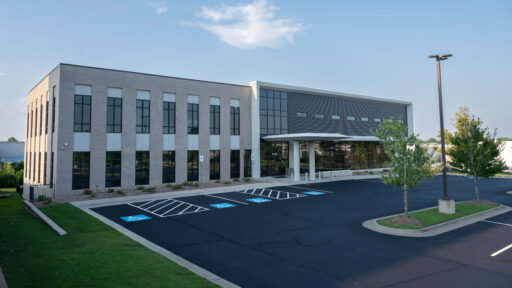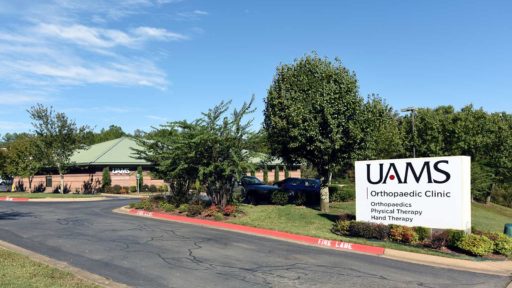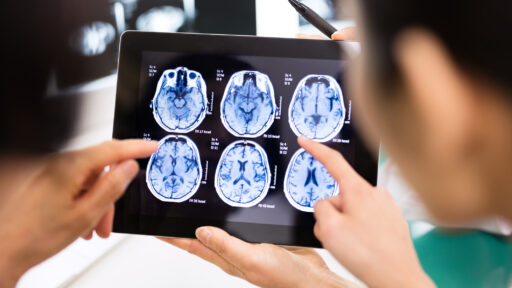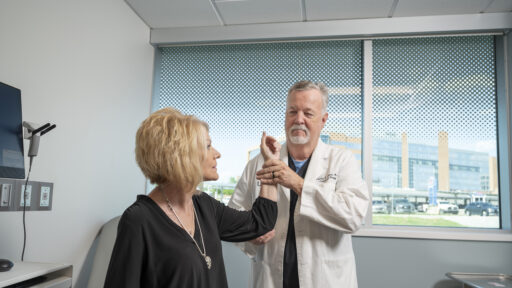Also called: Osteoporotic Compression Fractures
Depending on the type and location of the fracture, spinal fractures can cause slippage of bone into the spinal nerves or spinal cord. It is important to have a careful evaluation after a spinal fracture occurs. Most fractures occur from an accident such as a motor vehicle accident. However, some fractures can occur from a weakening of the bone or osteoporosis.
Symptoms and Diagnosis of a Spinal Fracture
The symptoms of spinal fractures vary largely based on the type/location of the fracture. Symptoms can include:
- Pain
- Numbness/tingling
- Weakness
- Loss of bowel or bladder control
- Paralysis
A fracture of the spine can be diagnosed by:
- X-ray
- MRI
- CT with or without dye
Treatment Options
Your doctor may recommend surgical fusion or minimally invasive procedures depending on the severity of your spine fracture.
Braces and orthotics can help after a spinal fracture by maintaining the alignment of your spine and immobilizing your spine for healing. It is very important to wear the brace as directed by your healthcare provider. Maintaining a healthy weight, monitoring your bone density, and avoiding nicotine can also help if you are healing from a spinal fracture.













